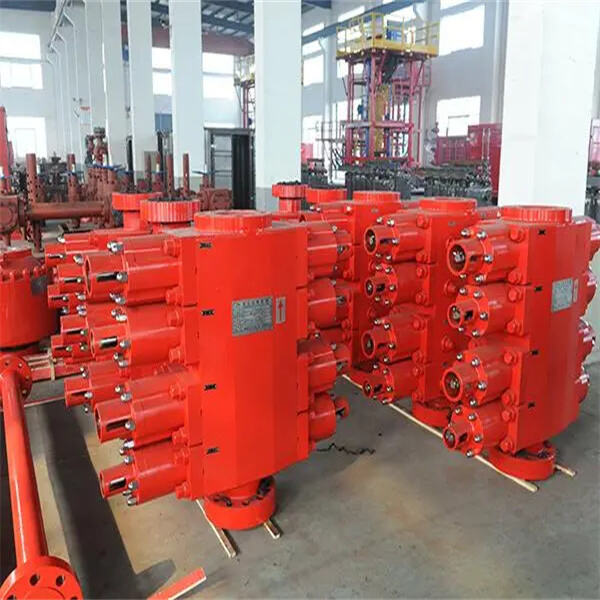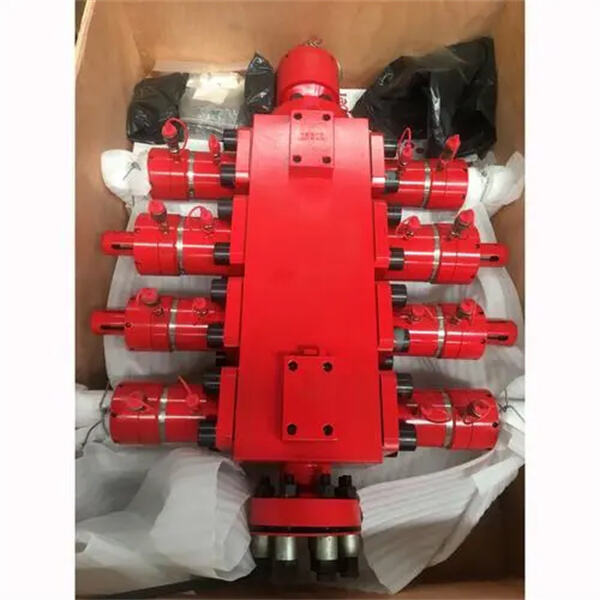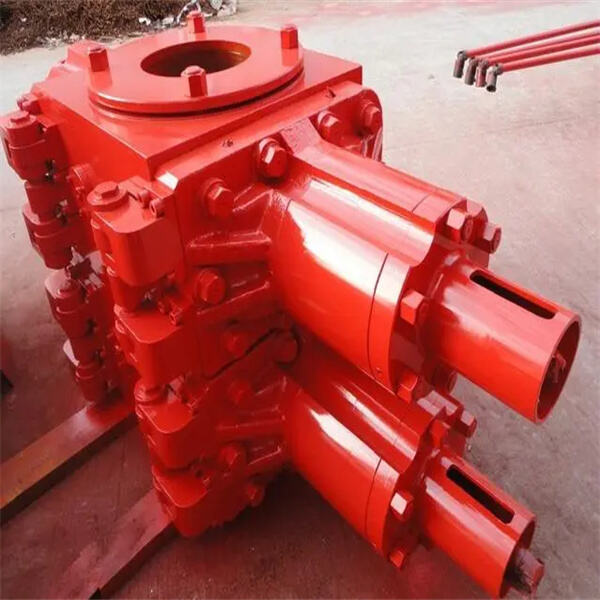Bop rams come in different flavours, and they all have a specific job. Let’s take a look at the types of bop rams, their functions, choosing the right one for your well control system, the advantages and disadvantages of each type, and why you need to take good care of them:
Bop rams — the name comes from a historical control device with two arms that could be pulled or pushed to one side — could have a variety of shapes and sizes, but they all do one thing: help stop the flow of oil and gas in an emergency. Bop rams Bop Rams are of two types: annular and pipe rams.
Annular rams are like huge donuts that can close around any size of pipe. Perfect for sealing the well chain in different sized pipes. Pipe rams are designed and fabricated to handle certain sizes of pipe. They can form a tighter seal, but may not be as versatile as annular rams.
Annular rams do a different job than pipe rams. Annular rams can encircle any pipe size, which can be useful in emergencies, when the objective is to rapidly seal the well. Pipe rams are designed to form a seal around specific pipe sizes, better controlling the underground flow of oil and gas.

Consider what you need when choosing a bop ram for your well control system. If you’ve got something that will work on different sizes, quickly, in emergency situations, annular rams may be what you need. If you also want a tight seal around certain pipe sizes, pipe rams may be the better option for you.

These annular rams can close over any size of pipe, and are useful in a blowout. But they may not seal as snugly as pipe rams, which are designed for specific pipe sizes. In the end, pipe rams are a superb seal but they don’t close quite as successfully in all cases.

Maintaining these bop rams properly is too crucial if you desire them to continue to work well. Routine inspection and maintenance can prevent problems and ensure the rams function when they are needed. When you take care of your bop rams, you ensure your well control system is safe and functioning properly.